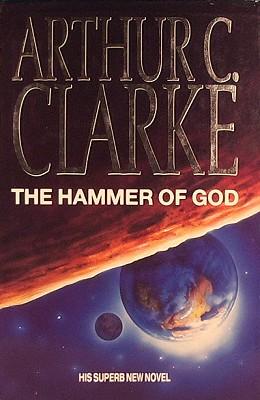Chris Peterson wrote:mjimih wrote:This one came in at a low angle very fast. If it had made a more direct shot at us, it would have been much worse correct?
Are you talking about the Russian meteor? It came in shallow, but very slow (~18 km/s, near the low end of the possible range). It was the low speed and shallow angle that allowed it to survive so far down into the atmosphere. Had it come directly down, it probably would have exploded much higher and no shock wave would have reached the ground at all.
I agree the meteor would have exploded higher but, from what I've read, it isn't clear that the grazing incidence case would have been worse.
The details of how much energy reaches the ground is complicated by power dissipation along the air column before disruption. It seems that for normal incidence, the explosive energy would be larger because less energy is absorbed by the atmosphere (slowing the meteor down) before disruption. Even for a volatile rich meteor, size matters, i.e. there is a size above which the energy reaching the ground increases even for higher altitude explosions (within some size range, maybe disruption altitudes also level off?). So for the Russian meteor, the trade off between a reduced shockwave at the ground due to greater altitude, and greater disruption energy because of higher kinetic energy, is not clear. Ultimately energy is conserved for either grazing or normal incidence cases. I'm only bringing into the discussion the interplay between disruption energy and absorbing volumes of atmosphere.
Other than conlcuding the explosion would occur at a higher altitude, it isn't clear to me what the magnitude of the shockwave reaching the ground would be.

